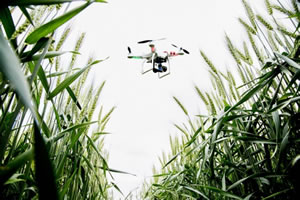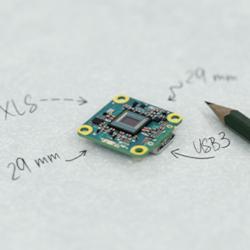5 precision ag technologies to watch
 Catie Noyes for Farm and Dairy: The world of digital agriculture is continuing to advance before our eyes, says John Fulton, associate professor in Ohio State’s College of Food Agriculture and Biological Engineering.
Catie Noyes for Farm and Dairy: The world of digital agriculture is continuing to advance before our eyes, says John Fulton, associate professor in Ohio State’s College of Food Agriculture and Biological Engineering.
“The fact is that people are all connected,” said Fulton, and it’s only a matter of time before farms are all connected as well.
Fulton and Scott Shearer, chair of Ohio State’s College of Food Agriculture and Biological Engineering, share a glimpse of what’s on the horizon for precision agriculture.
Automation
We’ve already gotten a peek into the future of autonomous machines with Case’s unveiling of their autonomous tractor at the Ohio State Farm Science Review in the fall of 2016.
According to Scott Shearer, the potential is there. “If we can go to full autonomous, we could have someone sitting in an office controlling eight to 10 tractors,” he said.
These tractors would be smaller, lightweight tractors that would reduce compaction and potentially increase yields by 5-10 percent, he said.
Fulton is a little more cautious. “I don’t know if we will go full autonomous,” said Fulton. “I might have two machines in the field, but one of those machines will have a person on it.” Full Article:
Comments (0)
This post does not have any comments. Be the first to leave a comment below.
Featured Product


